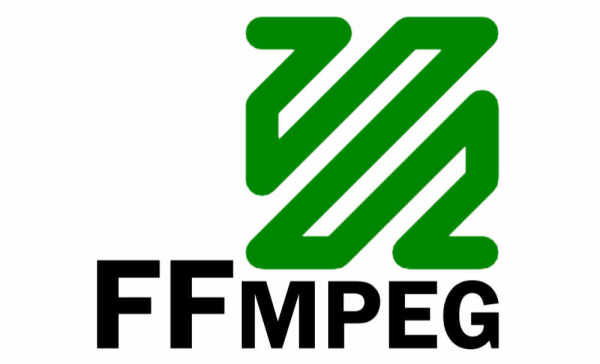FFmpeg provides numerous codecs and tools for processing audio and video, which in turn can be used both independently ("standalone") and as functions of other programmes and applications. The special feature of FFmpeg - apart from its open development with visible source code - is the large number of supported codecs. This is why FFmpeg is now used in an astonishing number of (and even many commercial) applications.
With FFMPEG.WASM, a completely new platform is now added, which hardly any uninitiated user would have expected. With FFMPEG.WASM, you can now use FFmpeg in your web apps in the browser.
This little miracle is made possible by Webassembly. With this, classic C programs can be compiled into a kind of pseudo assembler, which in turn can be run completely in Javascript - and thus in any modern browser. This then allows the use of many programmes and libraries. As in this case FFmpeg.

FFMPEG.WASM allows FFmpeg to be used directly in the browser.
It is not yet clear what one will be able to do with the possibilities offered, but the broad codec support should no longer be a problem for an editor in the browser. Another open question is, of course, performance. Because of the transcompilation of the code, FFmpeg will certainly run slower in the browser than as a native application.
Nevertheless, anyone who wants to offer transcoding applications in the browser, for example, no longer has to send the video clips over the network to a server, but can do this locally, even without the internet. AI applications for moving images "on the edge" (i.e. also locally and not via a server) are also likely to use FFmpeg widely in the future.
Thus FFMPEG.WASM is further proof of how powerful open source can now be. Simply making almost every available codec accessible in every browser in the world - that is something special...

